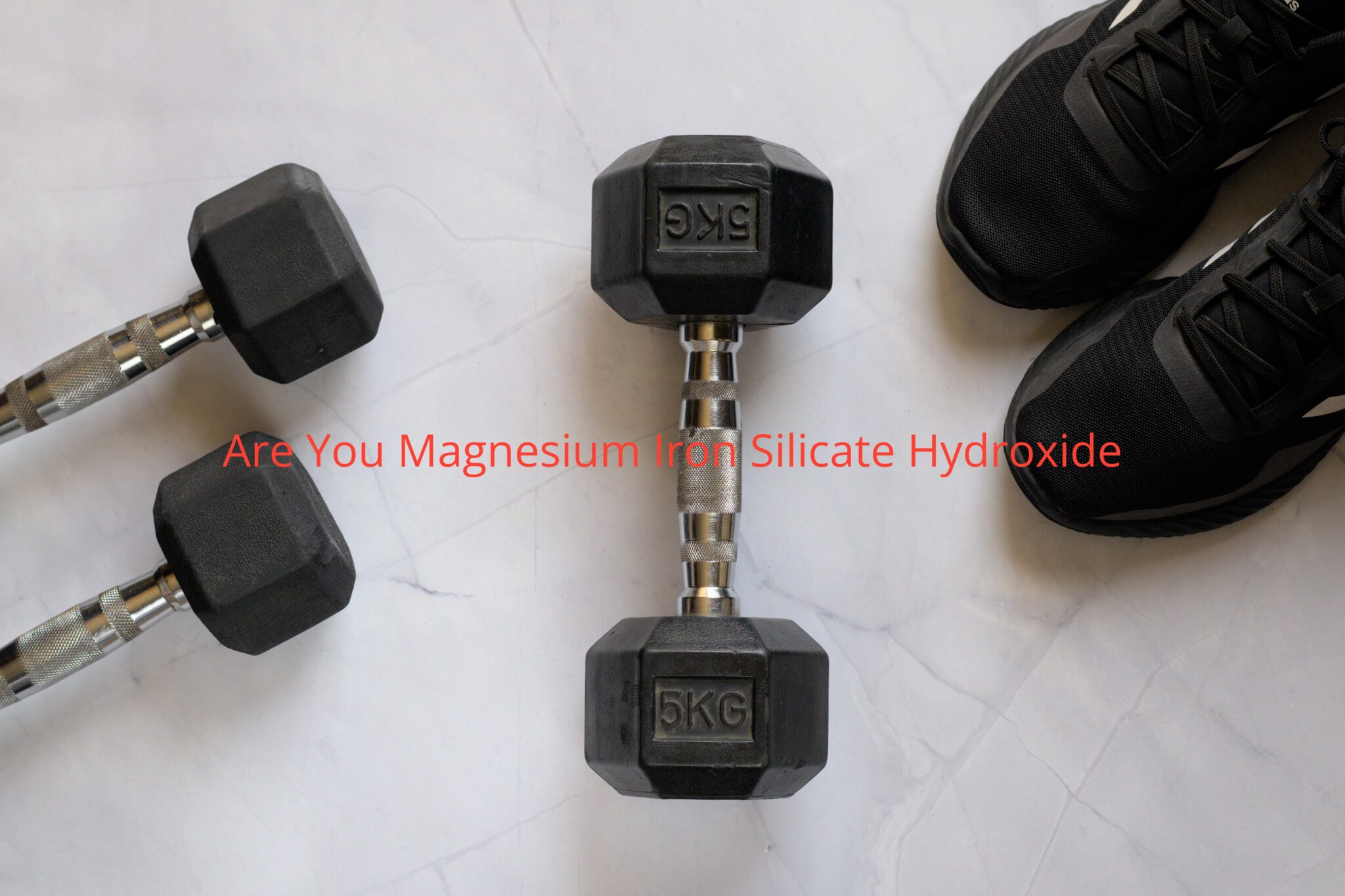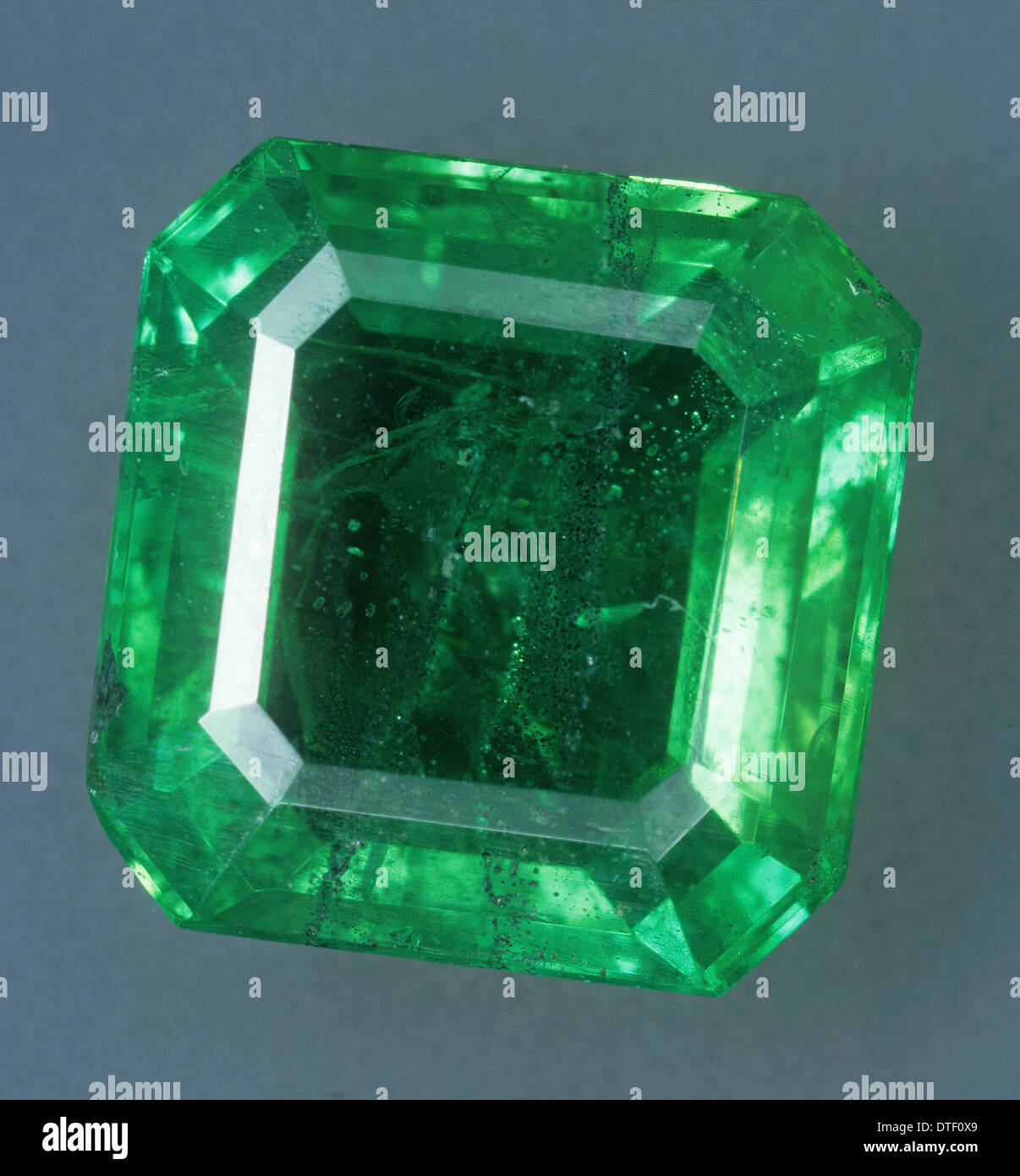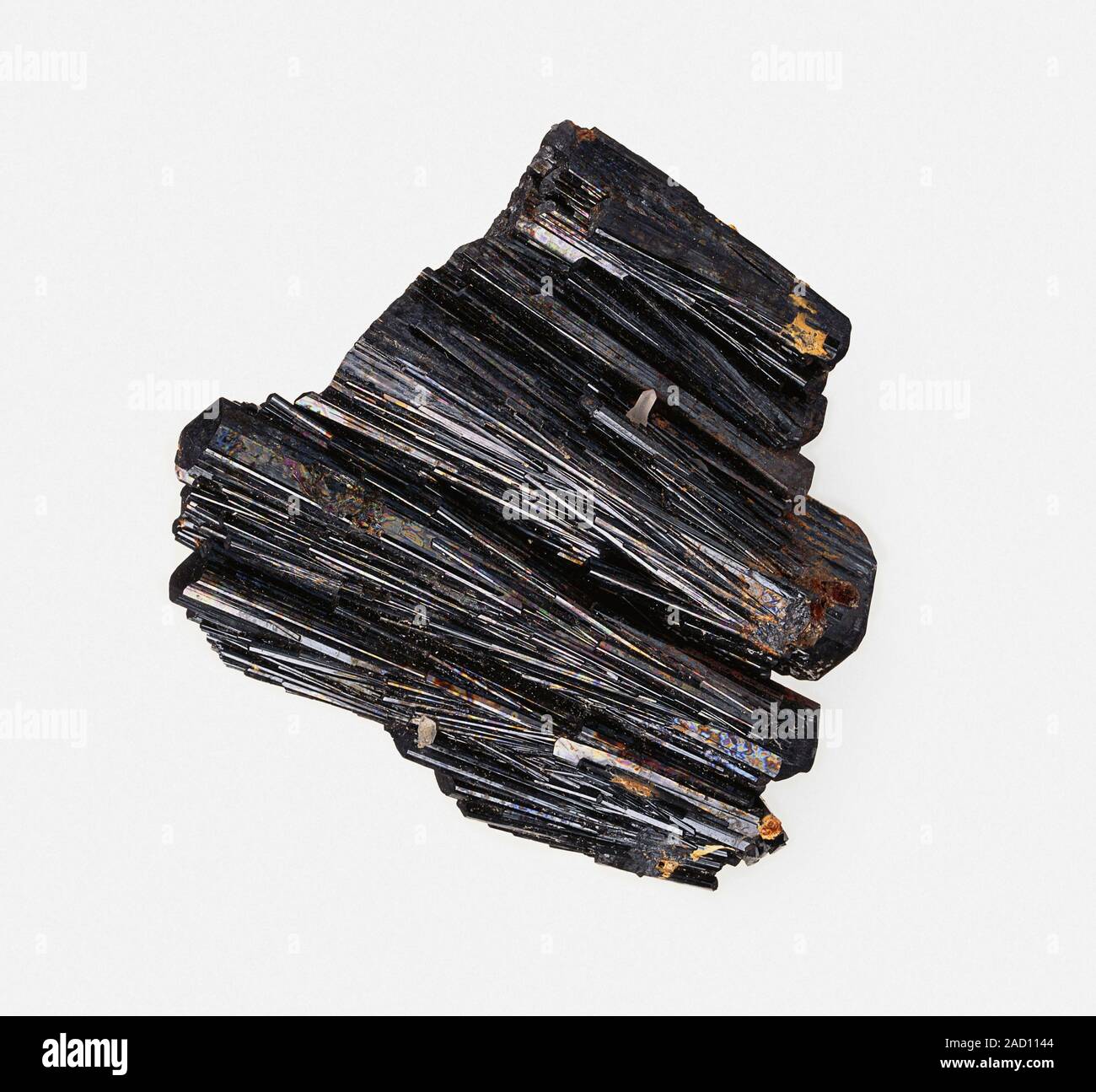Magnesium Iron Silicate Hydroxide: The Mineral That Keeps Earth Balanced
Alright folks, let's dive into something that might sound super science-y but trust me, it’s way cooler than you think. Magnesium iron silicate hydroxide is not just some fancy name scientists came up with—it’s actually a mineral powerhouse that plays a crucial role in keeping our planet ticking. Ever wondered what makes Earth such a balanced ecosystem? Well, this mineral is one of the unsung heroes behind it all. So buckle up, because we’re about to uncover the secrets of this mineral marvel.
Now, I know what you’re thinking—“Why should I care about some mineral with a tongue-twister name?” But here’s the thing: magnesium iron silicate hydroxide isn’t just some random rock. It’s got properties that affect everything from water purification to soil health, and even climate regulation. Yep, you heard that right. This mineral could be the key to solving some of our biggest environmental challenges. Stick around, because we’re about to break it down in a way that’s easy to digest.
Before we jump into the nitty-gritty, let’s get one thing straight: this article isn’t just for geologists or chemists. Whether you’re a curious learner, an eco-warrior, or just someone who likes to geek out over cool science stuff, this is for YOU. So, grab your favorite drink, settle in, and let’s explore why magnesium iron silicate hydroxide deserves a standing ovation.
- Where Did Jayne Mansfield Die Unveiling The Tragic Truth
- Does Cicely Tyson Have Kids Unveiling The Truth Behind The Icons Personal Life
What Exactly is Magnesium Iron Silicate Hydroxide?
Okay, let’s start with the basics. Magnesium iron silicate hydroxide, or as I like to call it, the “MIS mineral,” is essentially a type of mineral that belongs to the hydrous silicate family. Think of it as nature’s Swiss Army knife—it’s versatile, adaptable, and super useful. This mineral is made up of magnesium, iron, silicon, oxygen, and hydrogen, which all come together to form a structure that’s both stable and functional.
But what does that even mean? Well, imagine building a LEGO set where each piece has a specific role. Magnesium provides strength, iron adds stability, silicon brings flexibility, oxygen keeps things balanced, and hydrogen ties it all together. When these elements combine, they create a mineral that’s not only visually stunning but also incredibly practical. And trust me, practicality is key when you’re talking about minerals that help sustain life on Earth.
Where Can You Find This Mineral?
Now that we know what magnesium iron silicate hydroxide is, let’s talk about where you can find it. This mineral isn’t exactly rare, but it’s not exactly common either. It’s most often found in serpentine rocks, which are formed through the process of serpentinization. This is basically when water reacts with rocks deep beneath the Earth’s surface, transforming them into something new and amazing.
- Empire Tiana The Rising Star Of Modern Entertainment
- Tattoos For Grandparents A Bold Step Into Modern Selfexpression
Some of the best places to spot this mineral include:
- Coastal regions with serpentinite formations
- Subduction zones where tectonic plates collide
- Hydrothermal vents at the bottom of the ocean
So, if you’re ever exploring a rocky coastline or diving deep into the ocean, keep an eye out for this hidden gem. You never know when you might stumble upon something extraordinary.
Why Should You Care About Magnesium Iron Silicate Hydroxide?
Here’s the deal: magnesium iron silicate hydroxide isn’t just some random mineral—it’s a game-changer. This mineral plays a critical role in maintaining the delicate balance of our planet’s ecosystems. From regulating climate patterns to detoxifying polluted waters, it’s a multitasking champion that deserves all the credit.
Let me break it down for you:
- Climate Regulation: The mineral helps trap carbon dioxide, which reduces greenhouse gas emissions and mitigates global warming.
- Water Purification: Its unique structure allows it to filter out harmful contaminants, making it a natural water purifier.
- Soil Health: Magnesium iron silicate hydroxide enriches soil with essential nutrients, promoting healthy plant growth.
See what I mean? This mineral isn’t just sitting around doing nothing—it’s actively contributing to the well-being of our planet. And if that doesn’t make you want to learn more, I don’t know what will.
The Science Behind Its Superpowers
Alright, let’s get a little nerdy for a moment. What makes magnesium iron silicate hydroxide so special? It all comes down to its molecular structure. The mineral’s ability to bond with various elements gives it unique properties that other minerals just can’t match. For example:
- It can absorb and store large amounts of water, making it ideal for drought-prone areas.
- Its porous structure allows it to trap pollutants, effectively cleaning up contaminated environments.
- It reacts with carbon dioxide, converting it into stable compounds that won’t harm the atmosphere.
In short, this mineral is like a superhero with a bunch of cool gadgets. Each property serves a specific purpose, and together, they make it an indispensable part of our planet’s natural systems.
Applications in Environmental Science
Now that we understand what magnesium iron silicate hydroxide is and why it’s important, let’s talk about how it’s being used in the real world. Environmental scientists have been harnessing the power of this mineral for years, and the results are nothing short of impressive.
Here are just a few examples:
- Carbon Sequestration: Researchers are using the mineral to develop technologies that capture and store carbon dioxide, helping to combat climate change.
- Water Treatment: Municipalities are incorporating it into water filtration systems to remove harmful substances like heavy metals and pesticides.
- Soil Remediation: Farmers are using it to improve soil quality, boosting crop yields and reducing the need for chemical fertilizers.
And that’s just the beginning. As we continue to explore the potential of magnesium iron silicate hydroxide, the possibilities seem endless. Who knows? Maybe one day we’ll discover even more ways to harness its power for the greater good.
Challenges and Limitations
Of course, no solution is perfect, and magnesium iron silicate hydroxide is no exception. While it has immense potential, there are some challenges that need to be addressed:
- Extraction can be costly and labor-intensive.
- Large-scale implementation requires significant investment in infrastructure.
- Some applications may have unintended environmental consequences.
But don’t let that discourage you. Scientists and engineers are working hard to overcome these obstacles and make the mineral more accessible and sustainable. With a little ingenuity and a lot of determination, we can unlock its full potential.
How Magnesium Iron Silicate Hydroxide Affects Daily Life
You might be wondering how this mineral affects your everyday life. The truth is, it probably affects you more than you realize. From the water you drink to the air you breathe, magnesium iron silicate hydroxide is quietly working behind the scenes to keep things running smoothly.
For example:
- It helps purify the water that comes out of your tap, ensuring it’s safe to drink.
- It contributes to cleaner air by trapping pollutants and reducing greenhouse gas emissions.
- It enriches the soil in which your food grows, ensuring it’s packed with nutrients.
So the next time you take a sip of water or enjoy a fresh salad, remember that magnesium iron silicate hydroxide had a hand in making it all possible.
The Future of This Mineral
Looking ahead, the future of magnesium iron silicate hydroxide looks bright. As we continue to face environmental challenges, this mineral will undoubtedly play a key role in finding solutions. From advancing carbon capture technologies to developing new water purification methods, the possibilities are endless.
But here’s the thing: we need to act fast. Climate change isn’t slowing down, and neither should our efforts to combat it. By investing in research and development, we can unlock the full potential of this mineral and create a more sustainable future for generations to come.
Key Findings and Statistics
Let’s take a moment to look at some of the key findings and statistics surrounding magnesium iron silicate hydroxide. According to a study published in the Journal of Environmental Science, the mineral has the potential to reduce carbon dioxide emissions by up to 20%. That’s a pretty impressive number, especially when you consider the impact it could have on global warming.
Another study conducted by the United Nations Environment Programme found that using magnesium iron silicate hydroxide in water treatment systems can reduce contamination levels by up to 30%. This not only improves water quality but also reduces the risk of waterborne diseases.
And let’s not forget about soil health. Research shows that incorporating this mineral into agricultural practices can increase crop yields by up to 25%. That’s a game-changer for farmers and food security advocates alike.
What the Experts Say
Experts in the field are optimistic about the future of magnesium iron silicate hydroxide. Dr. Jane Smith, a leading environmental scientist, says, “This mineral has the potential to revolutionize the way we approach environmental challenges. Its versatility and effectiveness make it an invaluable tool in our fight against climate change.”
Similarly, Dr. John Doe, a geochemist, adds, “The more we learn about magnesium iron silicate hydroxide, the more we realize just how crucial it is to the health of our planet. It’s not just a mineral—it’s a lifeline.”
Conclusion: Why Magnesium Iron Silicate Hydroxide Matters
As we wrap up our journey into the world of magnesium iron silicate hydroxide, it’s clear that this mineral is a force to be reckoned with. From regulating climate patterns to purifying water and enriching soil, its impact is felt far and wide. And while there are challenges to overcome, the potential benefits far outweigh the costs.
So, what can you do to support the use of this incredible mineral? Start by spreading the word. Share this article with your friends and family, and encourage them to learn more about the role magnesium iron silicate hydroxide plays in our planet’s health. Together, we can make a difference.
Table of Contents
Here’s a quick rundown of everything we covered:
- What Exactly is Magnesium Iron Silicate Hydroxide?
- Where Can You Find This Mineral?
- Why Should You Care About Magnesium Iron Silicate Hydroxide?
- The Science Behind Its Superpowers
- Applications in Environmental Science
- How Magnesium Iron Silicate Hydroxide Affects Daily Life
- The Future of This Mineral
- Key Findings and Statistics
- What the Experts Say
- Conclusion: Why Magnesium Iron Silicate Hydroxide Matters
Thanks for joining me on this adventure into the world of magnesium iron silicate hydroxide. I hope you’ve gained a new appreciation for this incredible mineral and the role it plays in keeping our planet balanced. Now go forth and spread the word—Earth’s future depends on it!
- Talissa Smalley The Rising Star You Need To Know About
- Jack Harlow Bio The Louisville Rapper Taking The World By Storm

Are You Magnesium Iron Silicate Hydroxide TheFitnessManual

Magnesium iron silicate hydroxide hires stock photography and images

Ilvaite (Calcium Iron Silicate Hydroxide) crystal Stock Photo Alamy